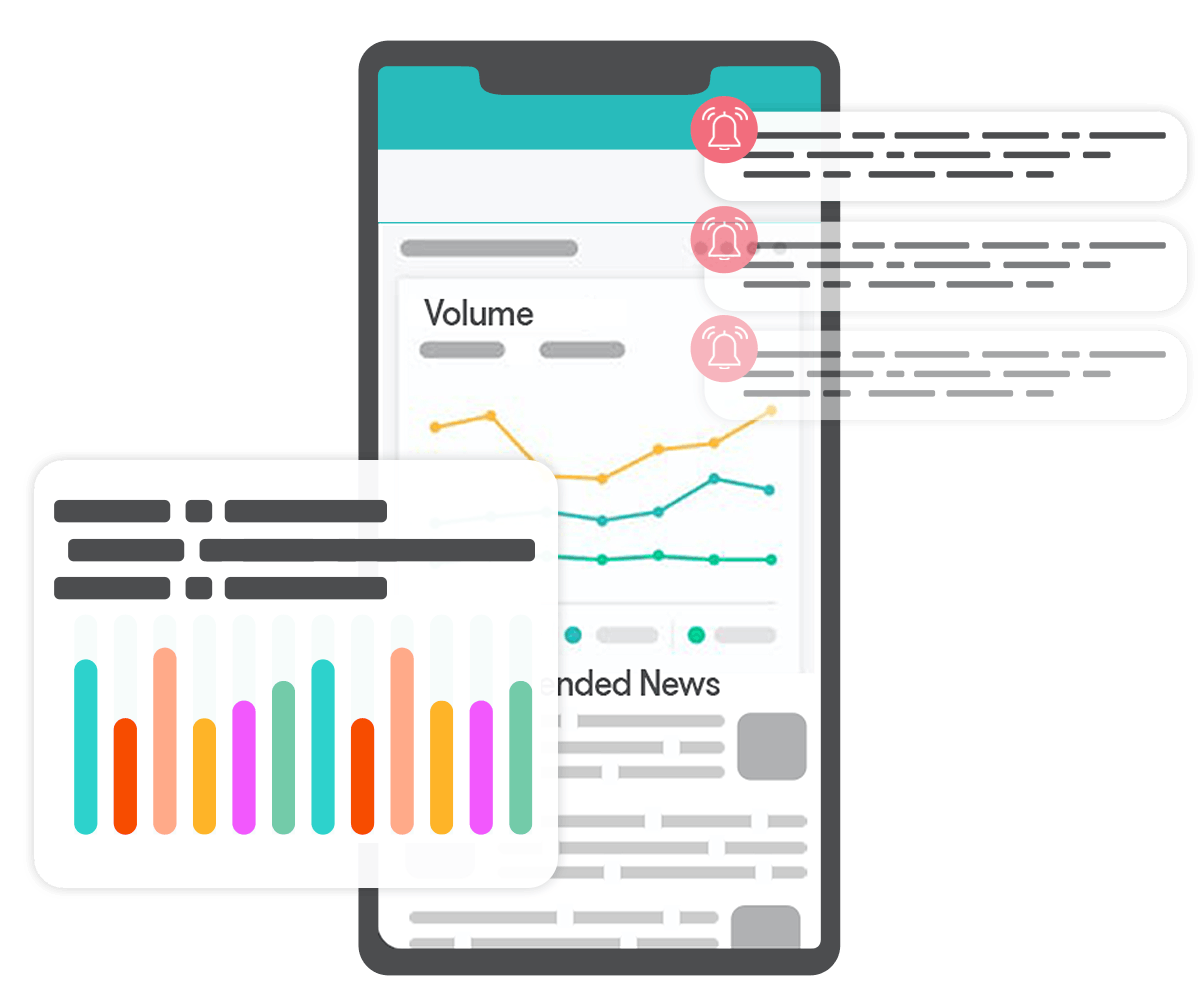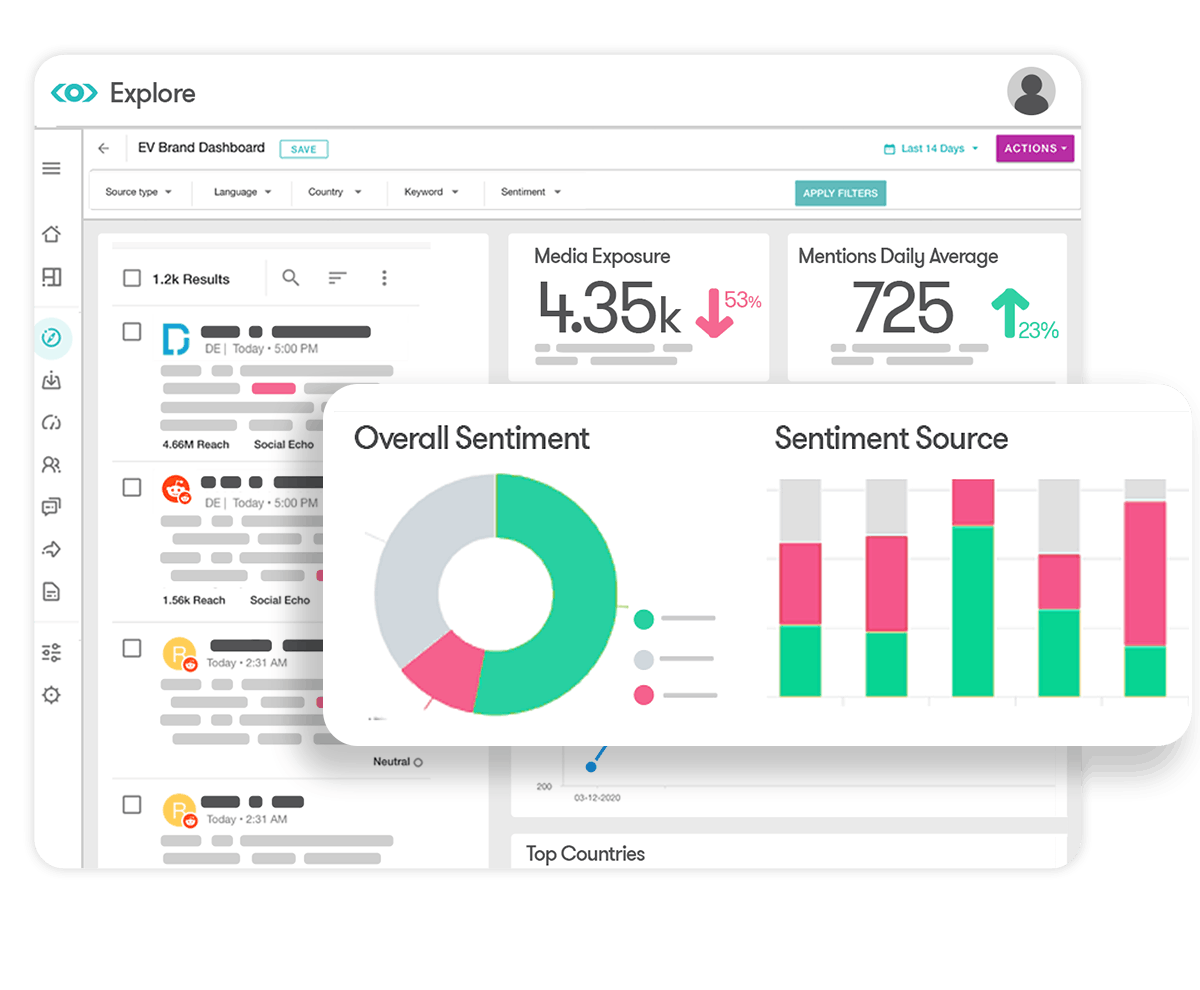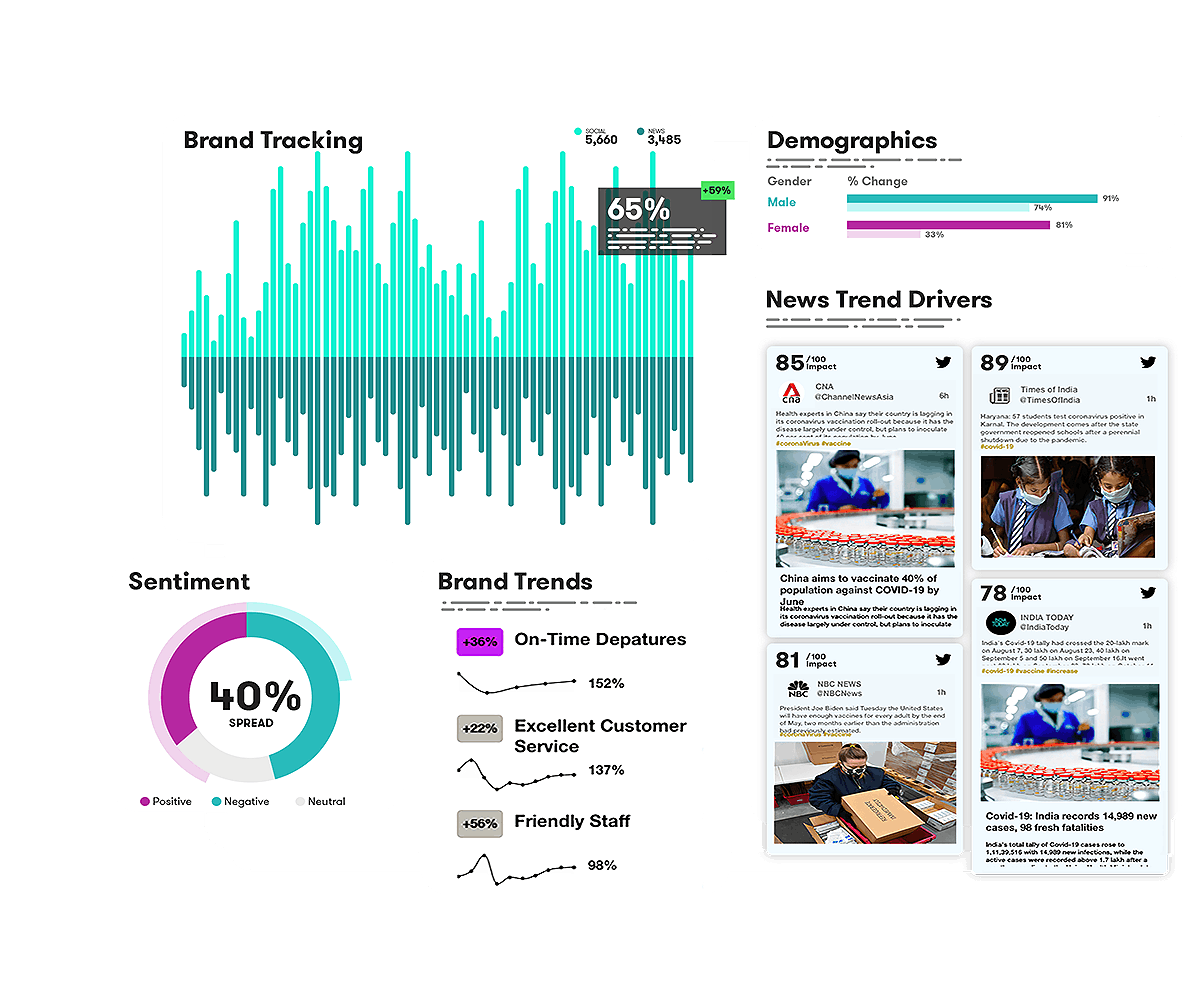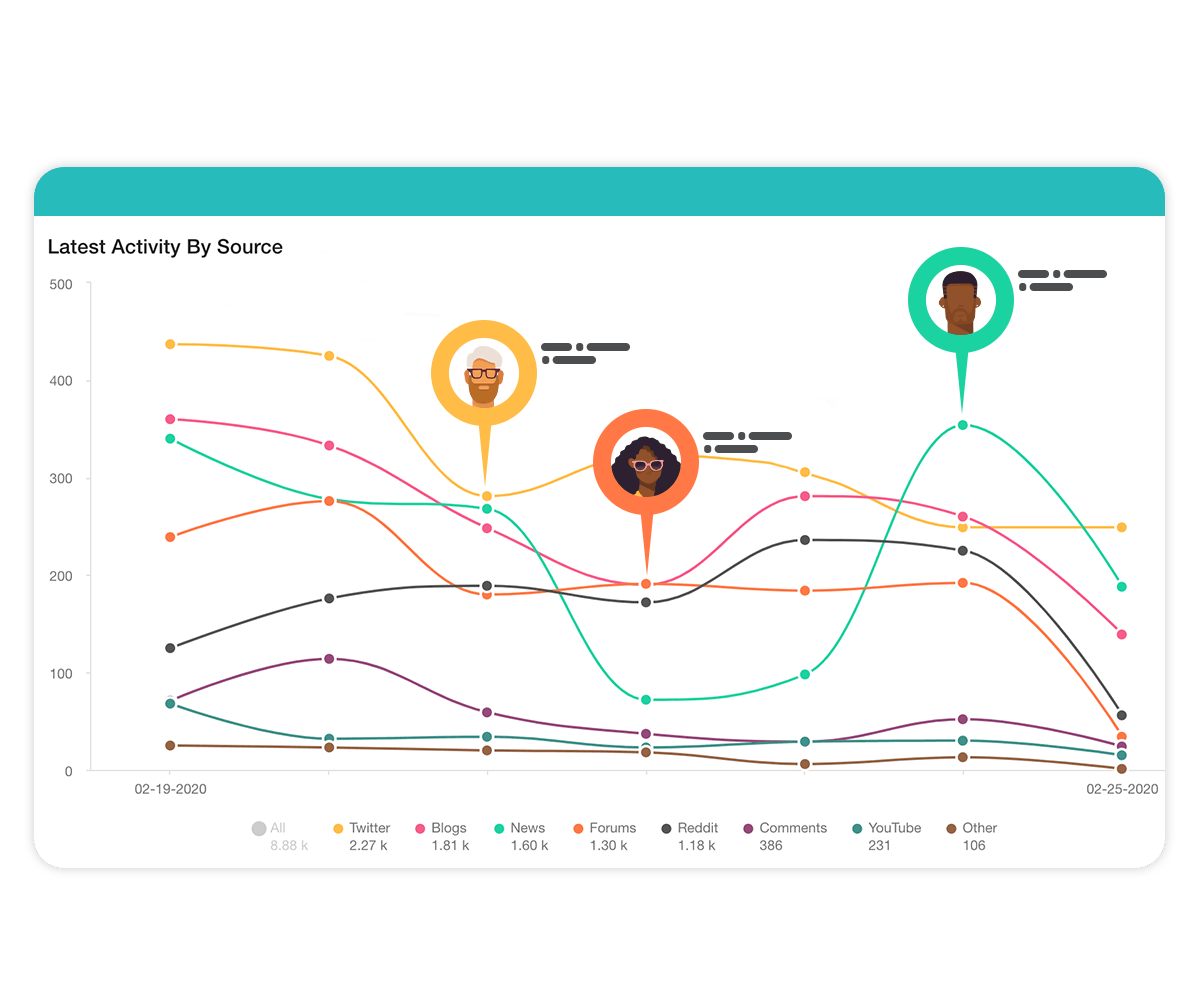The Ultimate Social Listening Tool
Whenever somebody mentions your brand on social media, or talks about a topic that’s important to your business, you should know about it. Meltwater offers the industry’s most comprehensive social listening platform, so you can be sure you never miss a thing. Our tool scours data feeds from:
- X
- YouTube
- Twitch
- Sina Weibo
- Douyin
- Blogs
- Discussion Forums
- Podcasts
- Online News
- Consumer Reviews Sites
Wherever your company is mentioned, Meltwater makes sure you know about it. We even use AI algorithms to spot when your brand gets talked about, in thousands of podcasts. Why waste time regularly performing a manual keyword search across multiple social networks when we can automate the entire social listening process for you?



